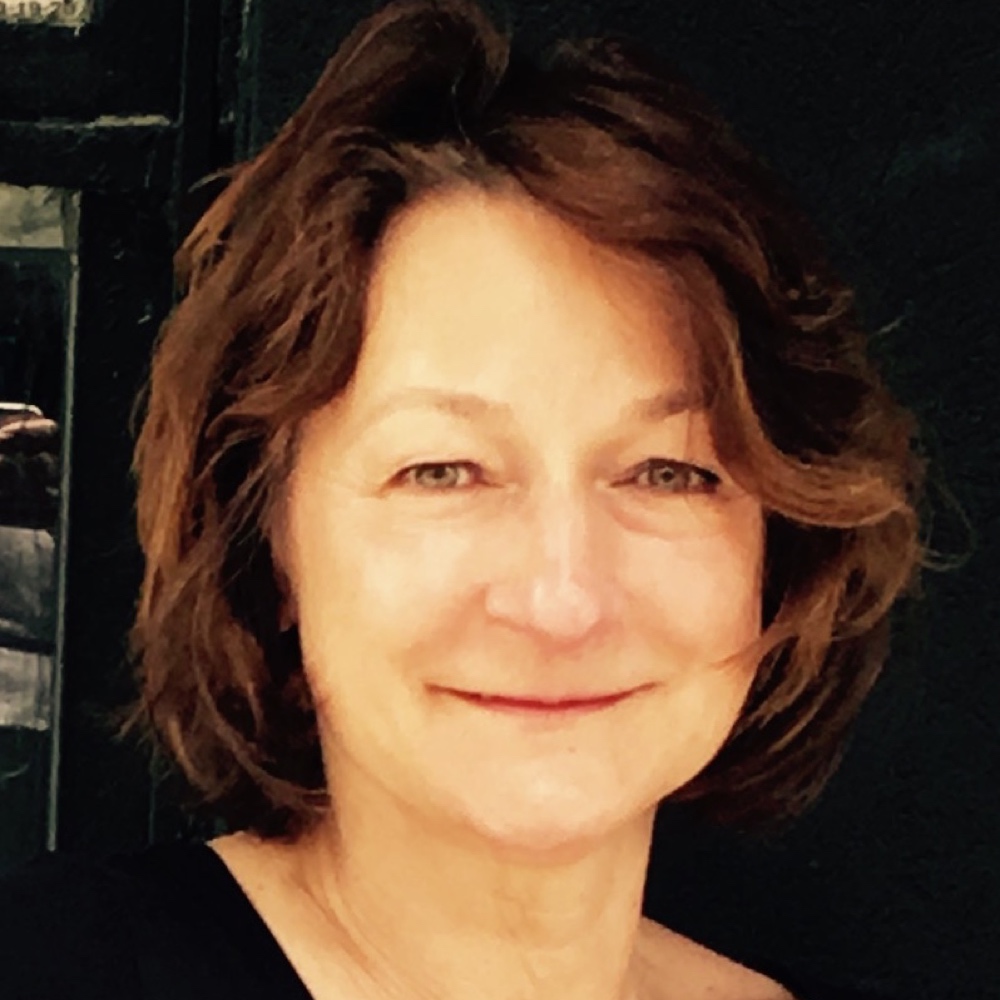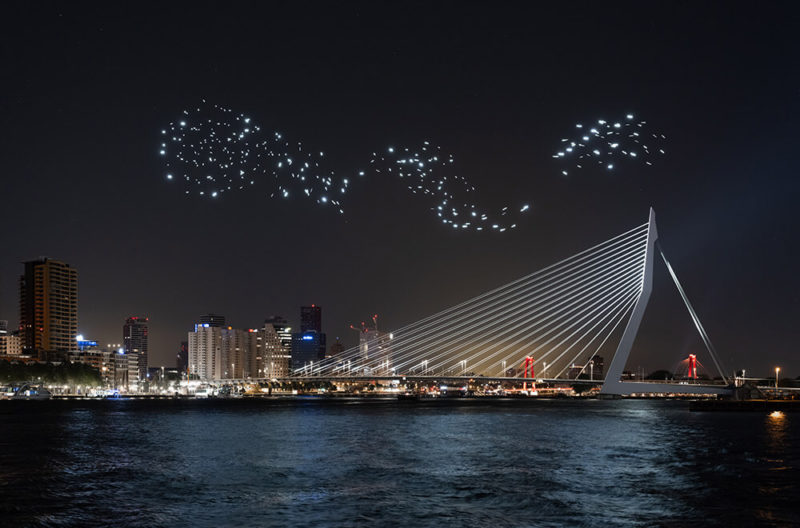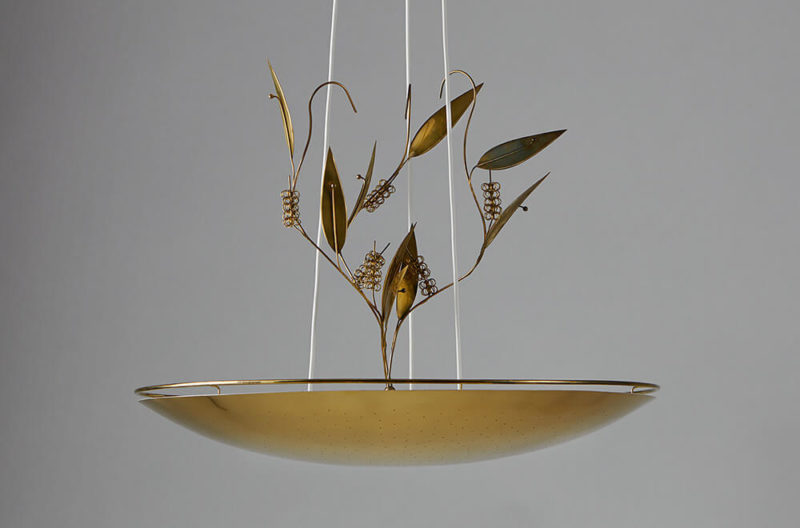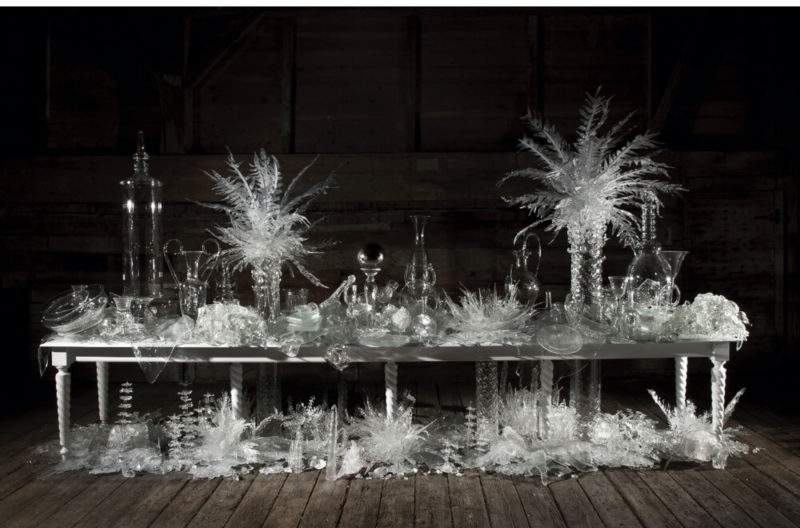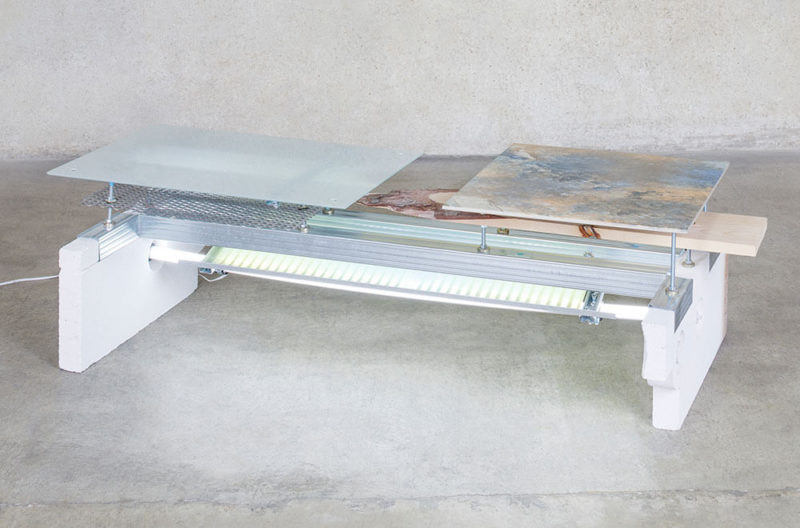Lindsey Adelman
The Design Edit speaks to the renowned lighting designer before the launch of 'Paradise', her "new form of itinerant luxury".
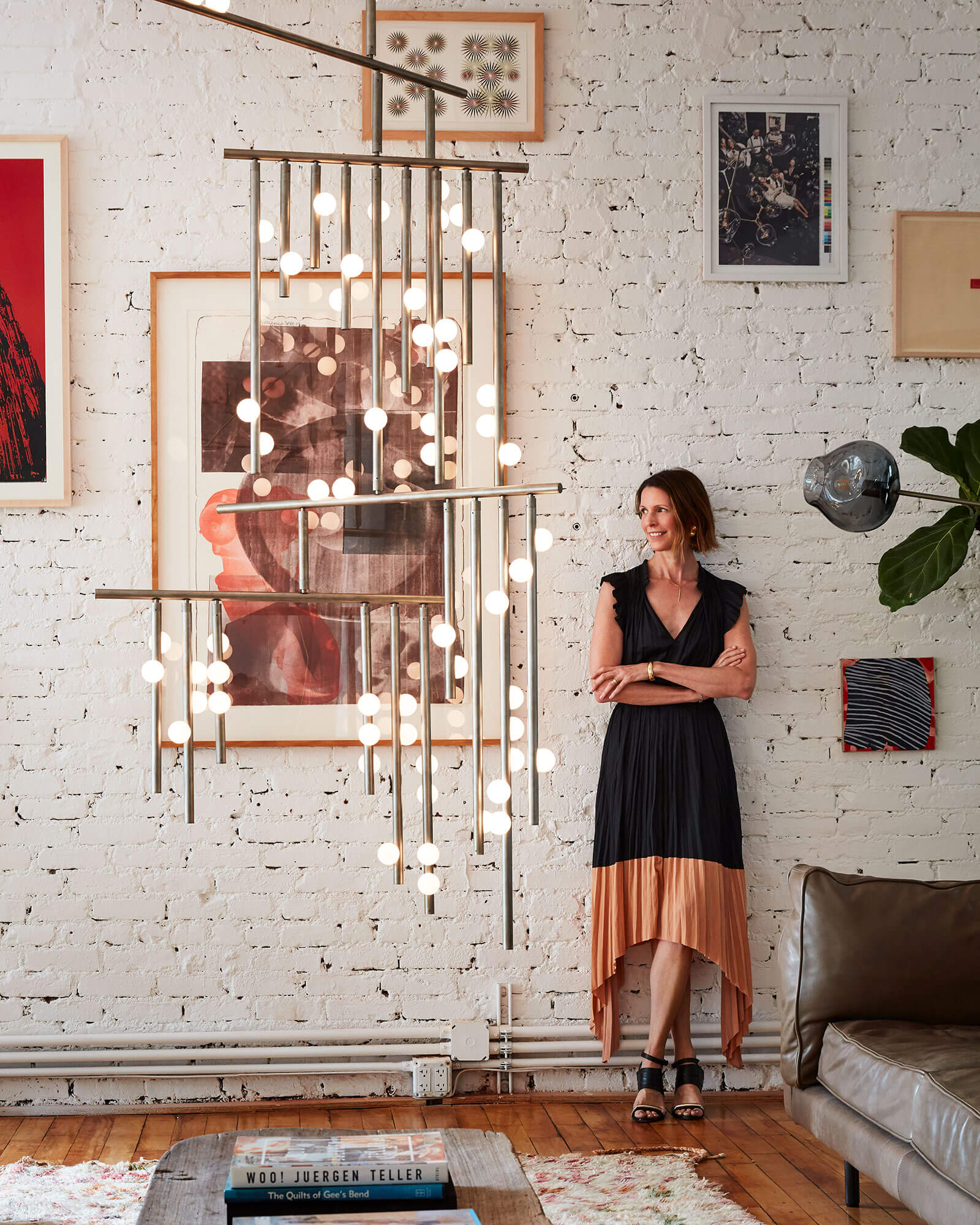
Lindsey Adelman
COURTESY: Lindsey Adelman Studio / PHOTOGRAPH: Stephen Kent Johnson
IN WHAT NOW seems a lifetime ago, at an edition of Design Miami in Basel in June 2019, a lighting installation called ‘Paradise City’ was the most dazzling exhibit in more ways than one. The work of the celebrated lighting designer, Lindsey Adelman, the installation’s grid of slender metal rods created an almost soluble-looking apparatus for clusters of differently shaped glass balls, with light sources cleverly embedded in their surface. Some were captured in place with steel callipers, while the skinny rods shot off into the ether. It looked a bit like a map of Manhattan; some of the balls exploded with transparent spikes – now reminiscent of our contemporary enemy coronavirus.
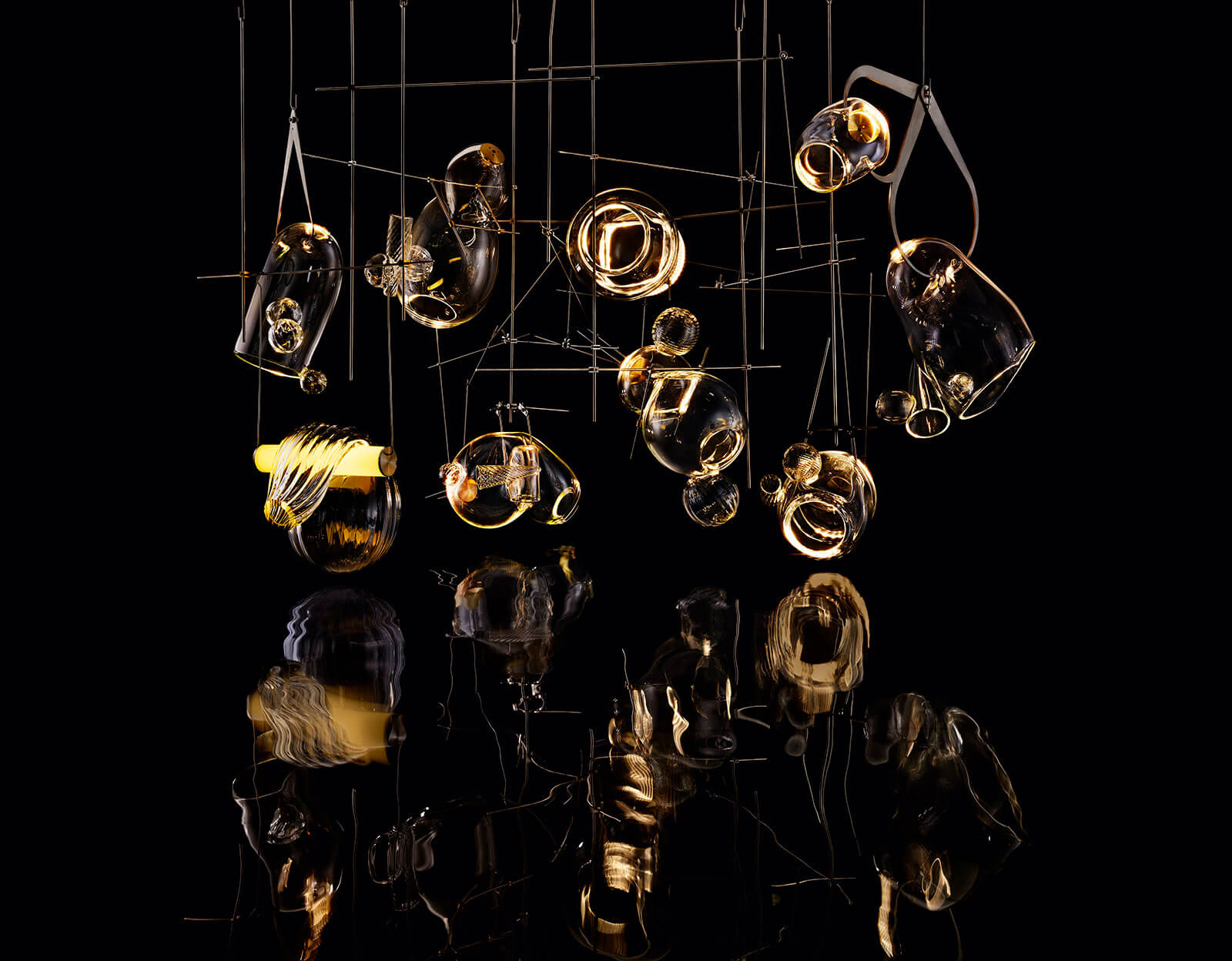
Lindsey Adelman, ‘Network’ chandelier from the ‘Paradise City’ collection
COURTESY: Lindsey Adelman Studio / PHOTOGRAPH: Nigel Cox
“The collection has really changed and evolved over the past 18 months,” says Lindsey Adelman, sitting in her small home studio in Park Slopes, Brooklyn, discussing the installation (now named ‘Paradise’). Along with the ‘City’ epithet, the spikes and medical instruments have gone as well. “It was scientific and a bit tortuous – a bit extreme,” she says. “But I like to start at a weird place and head towards something more homey. I mean, I’m not even sure if I want to live with something really spikey.”
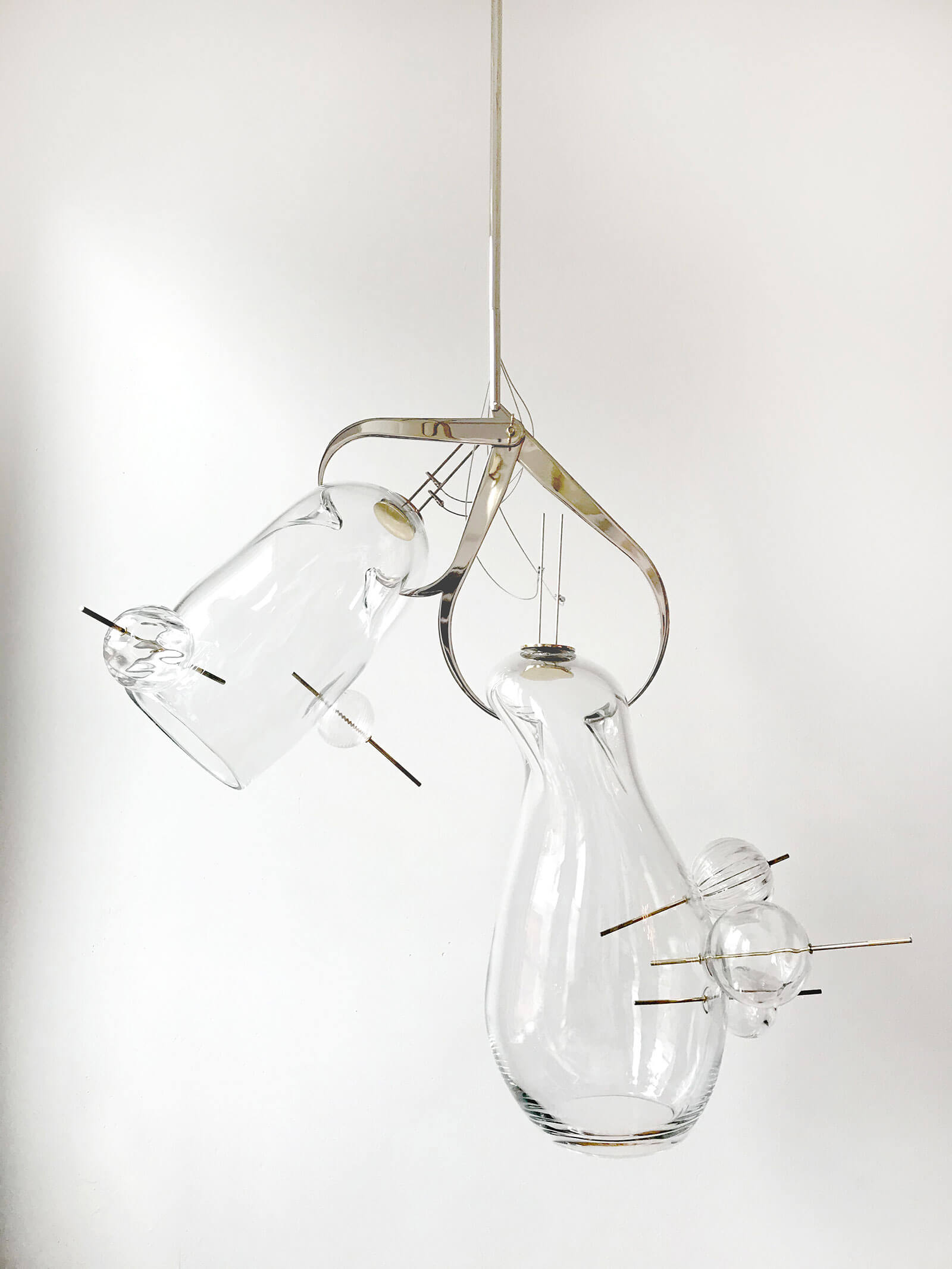
Lindsey Adelman, ‘Paradise City’ Caliper pendant 05
COURTESY: Lindsey Adelman Studio / PHOTOGRAPH: Alex Snook
Since Adelman set up her own studio in 2006, she has carved out a unique design identity in the lighting world. While others develop work that builds beautifully on the languages of modernism or Pop, for example, Adelman’s is a continual quest to do something different altogether. “I try to get away from any language that already exists,” she says, “and I spend a lot of time trying to make the engineering disappear.” In the case of ‘Paradise’, this is achieved by electrical cord that’s clad in a crochet cover and drapes in and out of the mounting chains. “The cord looks soft and relaxed. It’s like a really indulgent thing, like a really long necklace that you could just pick up and wrap around your wrist five times instead of wearing it around your neck.”
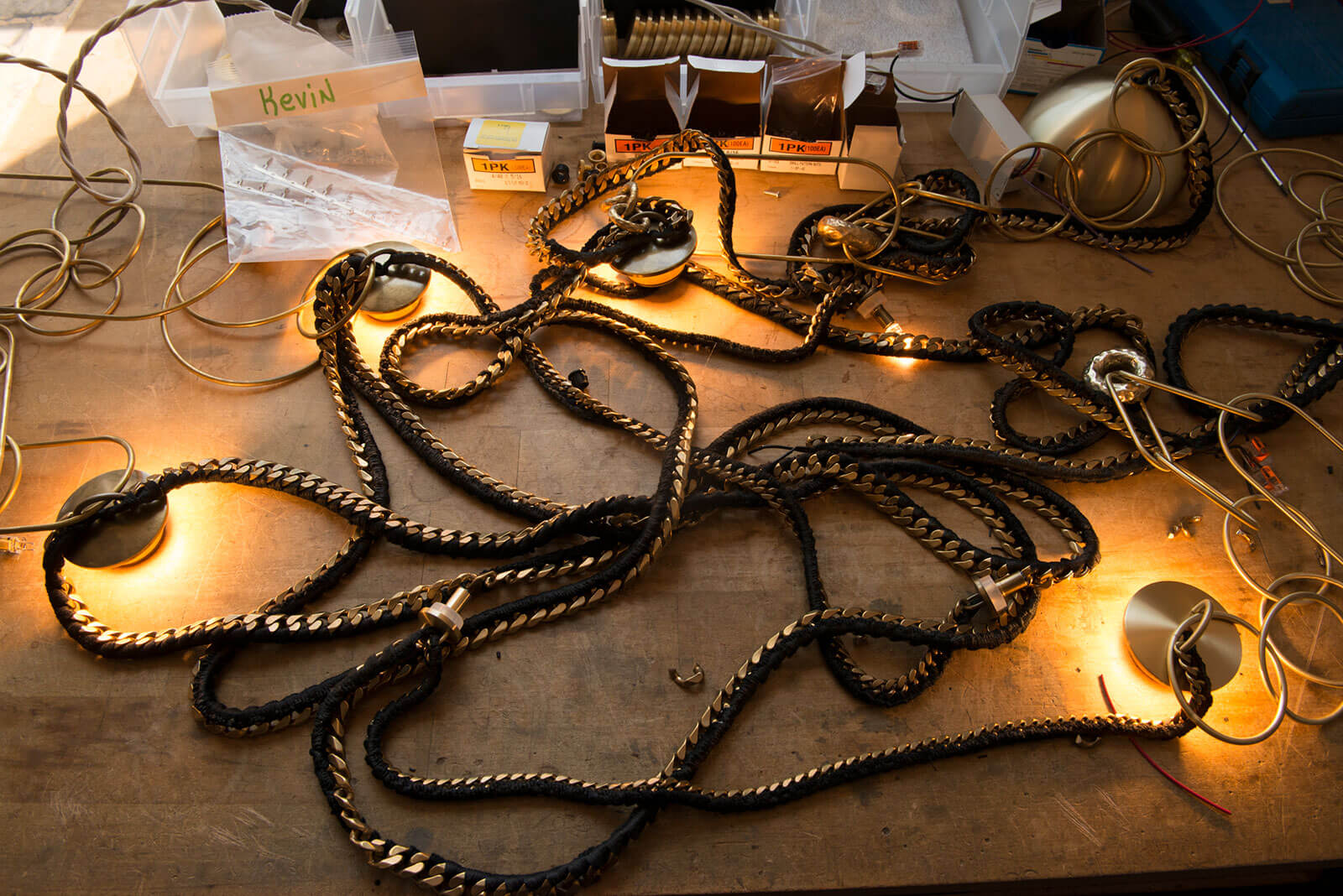
The electrical crochet cord linking components for ‘Paradise’
COURTESY: Lindsey Adelman Studio / PHOTOGRAPH: Nigel Cox
Adelman has always created collections that could be sold as Prêt-à-Porter or in infinitely customisable ways. The ‘Branching Disc’, for example, is composed of series of Nymphenburg porcelain saucers attached to delicate brass rods. There are several set versions, but no limit to how many ways it could be conceived. The ‘Cherry Bomb’ uses white glass globes in a variety of set permutations – clinging to a long metal branch, or popping off an octagonal cage-style chandelier, for example – or it can be ordered bespoke in any other required form. (Adelman’s business works out pretty much fifty/fifty off-the-peg and bespoke.)
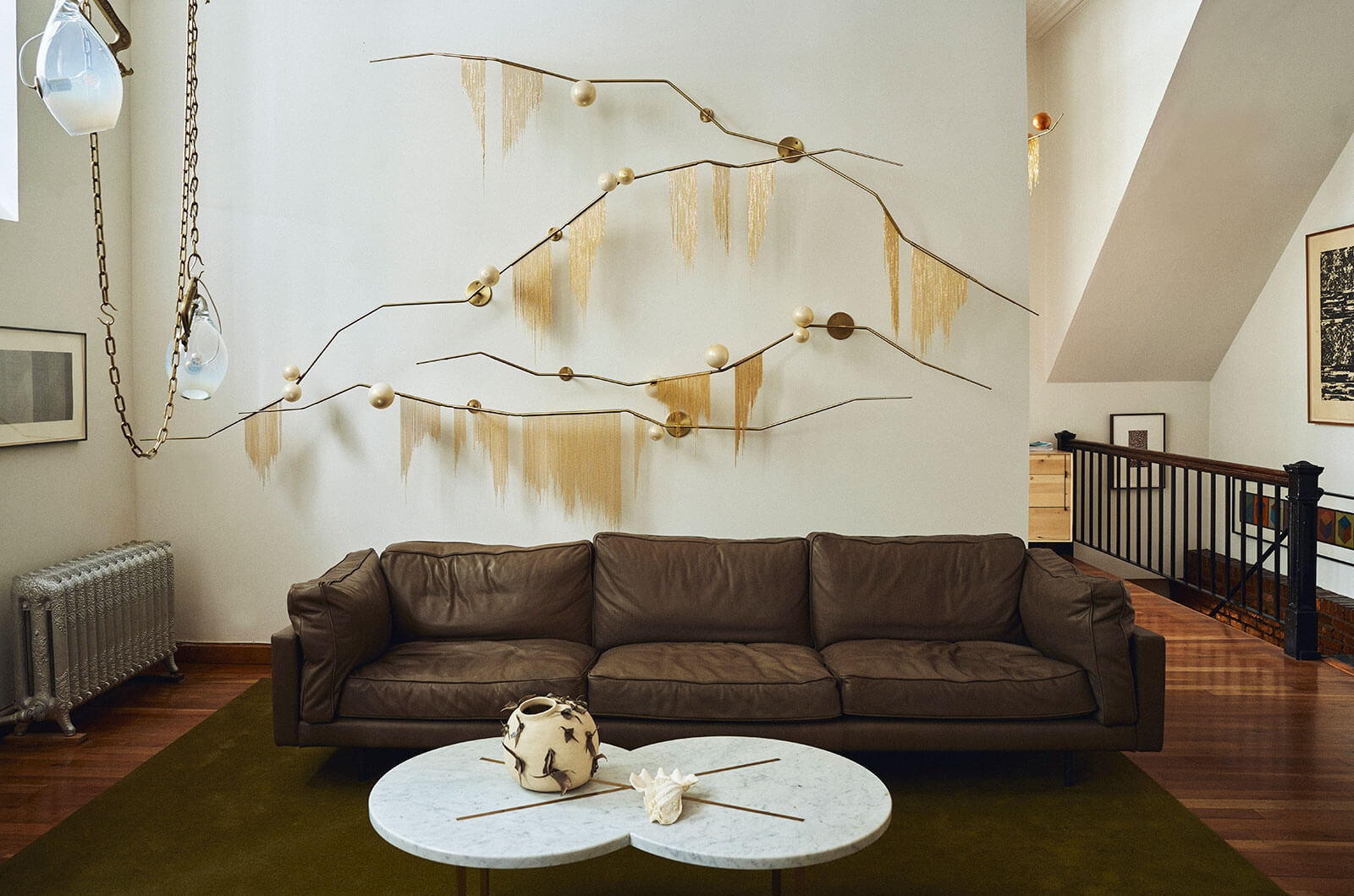
Lindsey Adelman, ‘Cherry Bomb Fringe’
COURTESY: Lindsey Adelman Studio / PHOTOGRAPH: Paul Barbera
But what marks out ‘Paradise’ is a different kind of mutability. Thanks to the soft chain that holds the parts together, it can be installed and then reinstalled in any number of different configurations. “It’s a reflection of our times,” says Adelman. “We have no idea what our house will be like in six months time. It’s a new form of itinerant luxury. You can change it according to your mood and your room. It could be moved from a stairwell to a sitting room, for instance.” A client in LA has already commissioned a highly personalised version of ‘Paradise’ for a very large living space, which will involve around 100ft of luxuriously crocheted chain. “It will look really effortless, and drippy, and bohemian,” says Adelman.
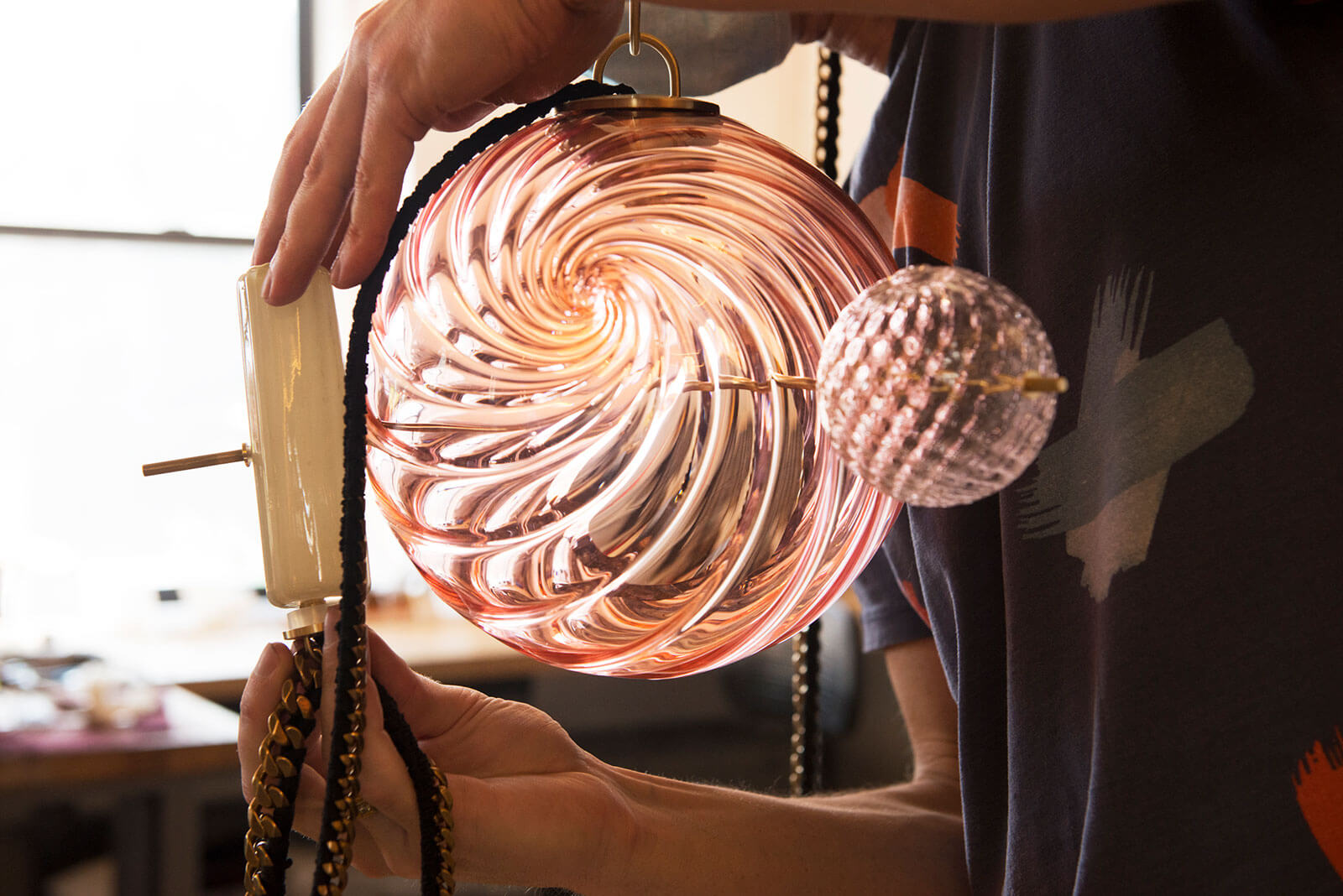
Mocking up ‘Paradise’ in the New York City workshop
COURTESY: Lindsey Adelman Studio / PHOTOGRAPH: Nigel Cox
Adelman didn’t start out in design at all. An English graduate, she went to work on catalogue texts at the Smithsonian Museums, until she came across the artisans in the workshops. Watching a perfect French fry being whittled out of Styrofoam was enough to swerve her path forever, and she applied to Rhode Island School of Design (RISD). There she found herself drawn to casting rubber, and suspending objects in the air. “I’d weld skinny ribs into forms and cover them in latex. I just loved natural light coming through surfaces,” she says. “Then I started experimenting with electricity and it was like magic. Light changes the energy, the mood. And I loved the immediacy of it all. I have a pretty short attention span. I like instant gratification.”
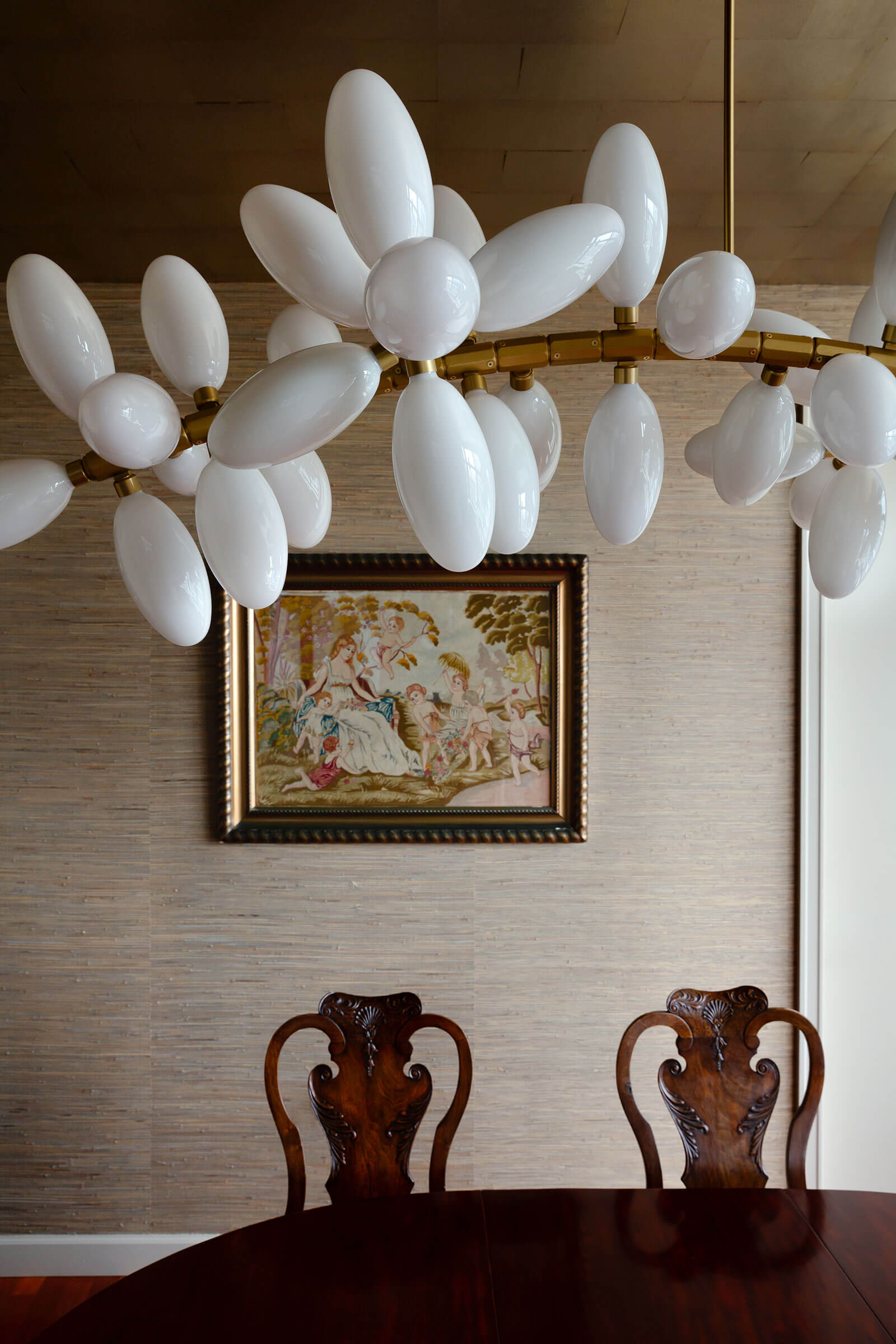
Lindsey Adelman, ‘Kingdom’ chandelier
COURTESY: Lindsey Adelman Studio / PHOTOGRAPH: Brian Ferry
“What I try to express is this radiant beauty in knocked knees or a hunched posture, something that’s unbalanced …”
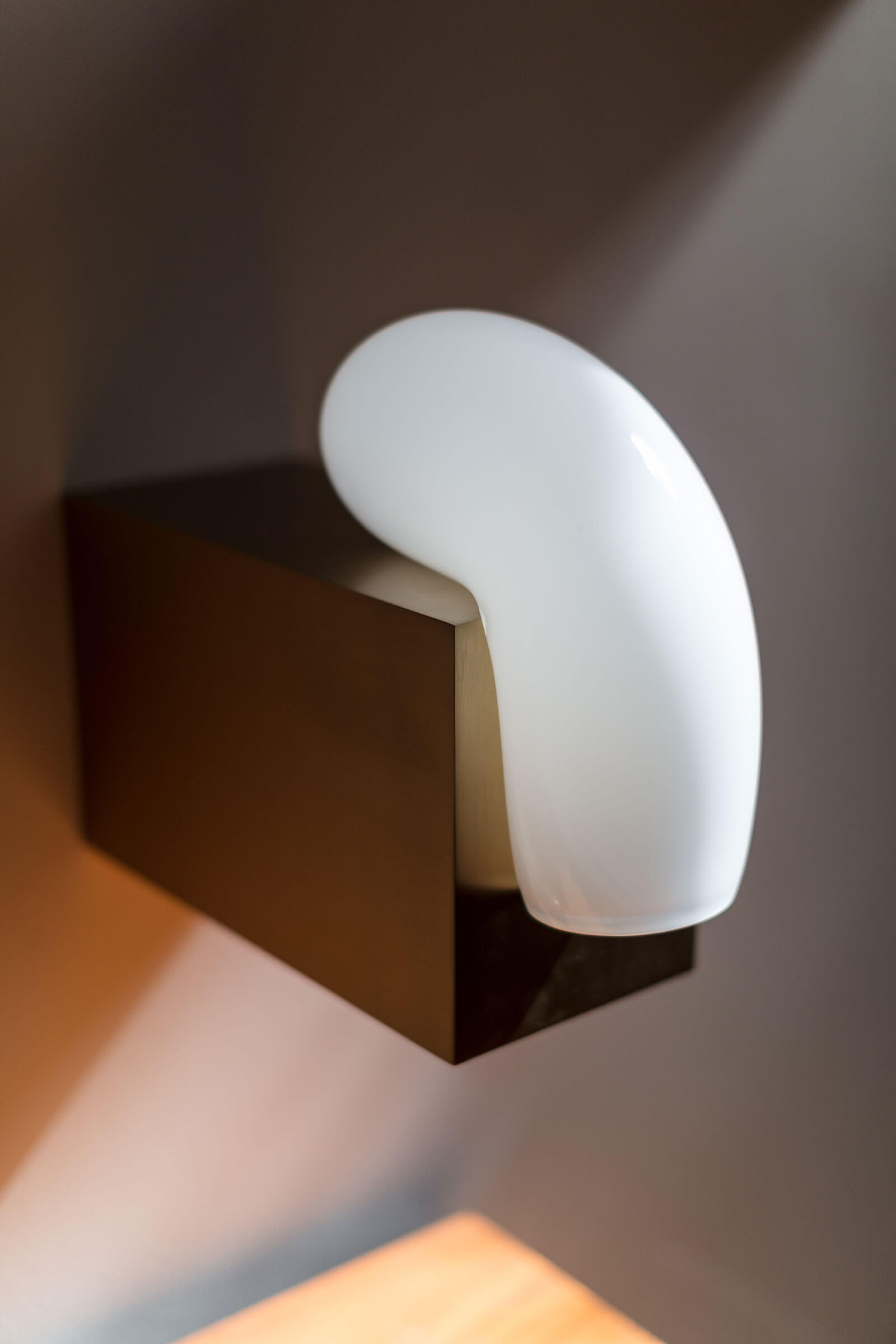
Lindsey Adelman, ‘Catch Box Sconce’
COURTESY: Lindsey Adelman Studio / PHOTOGRAPH: Lauren Coleman
“… or an unresolved issue, or something that’s just beginning and getting born. If I can convey that in a light fixture, that’s really it for me.”
Having worked for a handful of design outfits after RISD, in 2000 she set up Butter with her fellow RISD graduate David Weeks. “We were making great things – inexpensive origami lampshades to retail for $25, super simple, but good,” she says. “But reality hit. We knew we could only really make it work if we started to manufacture in China, and we were repelled by that kind of factory production.” In 2004, the pair parted. Now Weeks is also a successful lighting designer with production in Brooklyn.
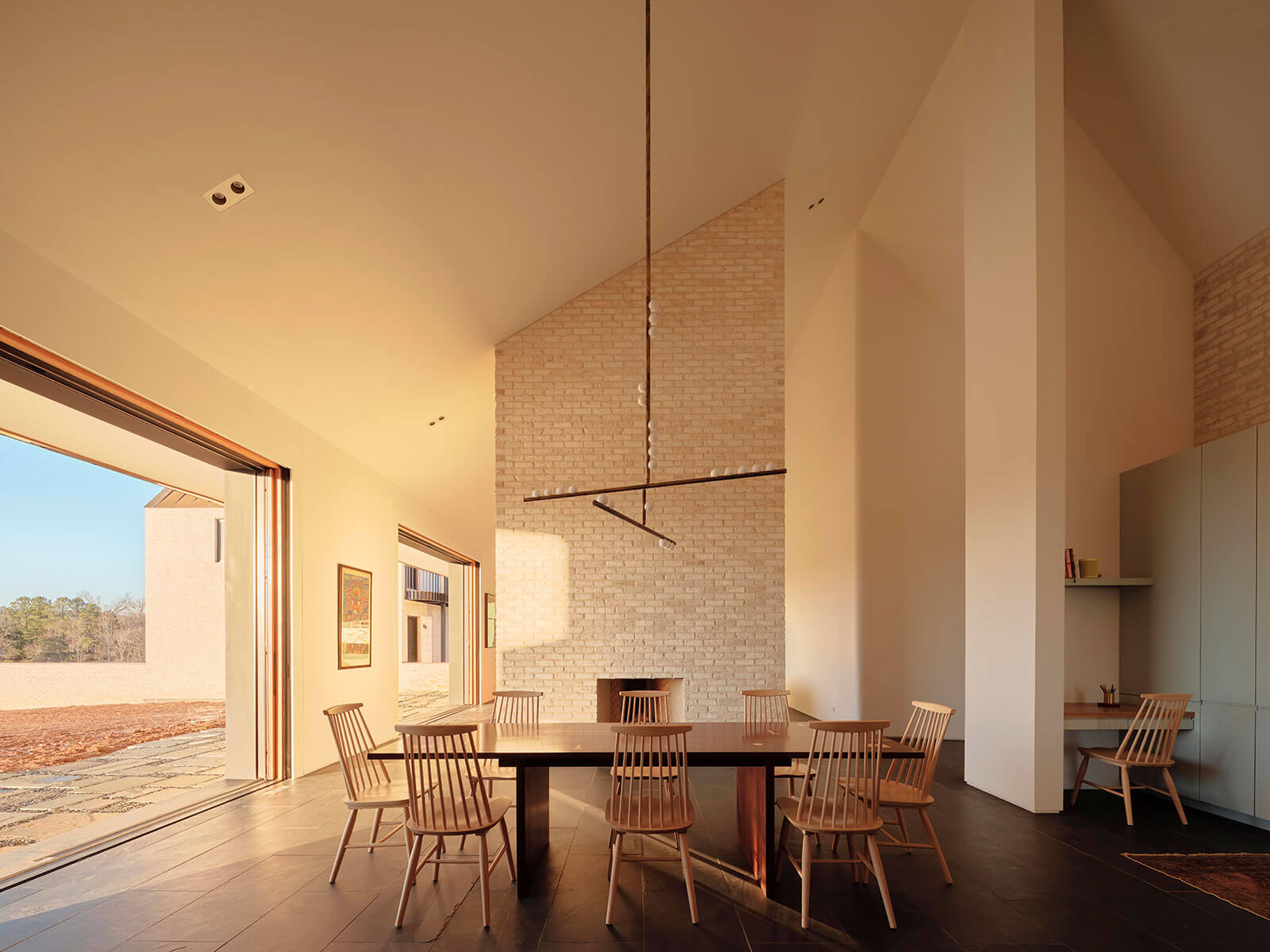
Lindsey Adelman, ‘Drop System’ chandelier for T.W. Ryan Architects
COURTESY: Lindsey Adelman Studio / PHOTOGRAPH: Joe Fletcher
Adelman’s own studio and workshop lies in the heart of Manhattan, where she has the top two floors of a building in Lafayette Street. The showroom (on the second to top floor) is currently closed, though usually welcomes around five to ten visits a week. “It’s a good place for designers to bring their clients,” she says. But for now, of her 30 staff, it is only the assembly people, quality controllers and shippers who are going to work in the city. In Los Angeles, the showroom is in a beautifully conserved Schindler building near the Los Angeles County Museum of Art. “It’s a tiny penthouse, with two bedrooms and a little terrace. It’s a gem and perfect for private appointments,” she says. Certain pieces are also available through Nilufar in Milan, with whom Adelman has a long relationship.
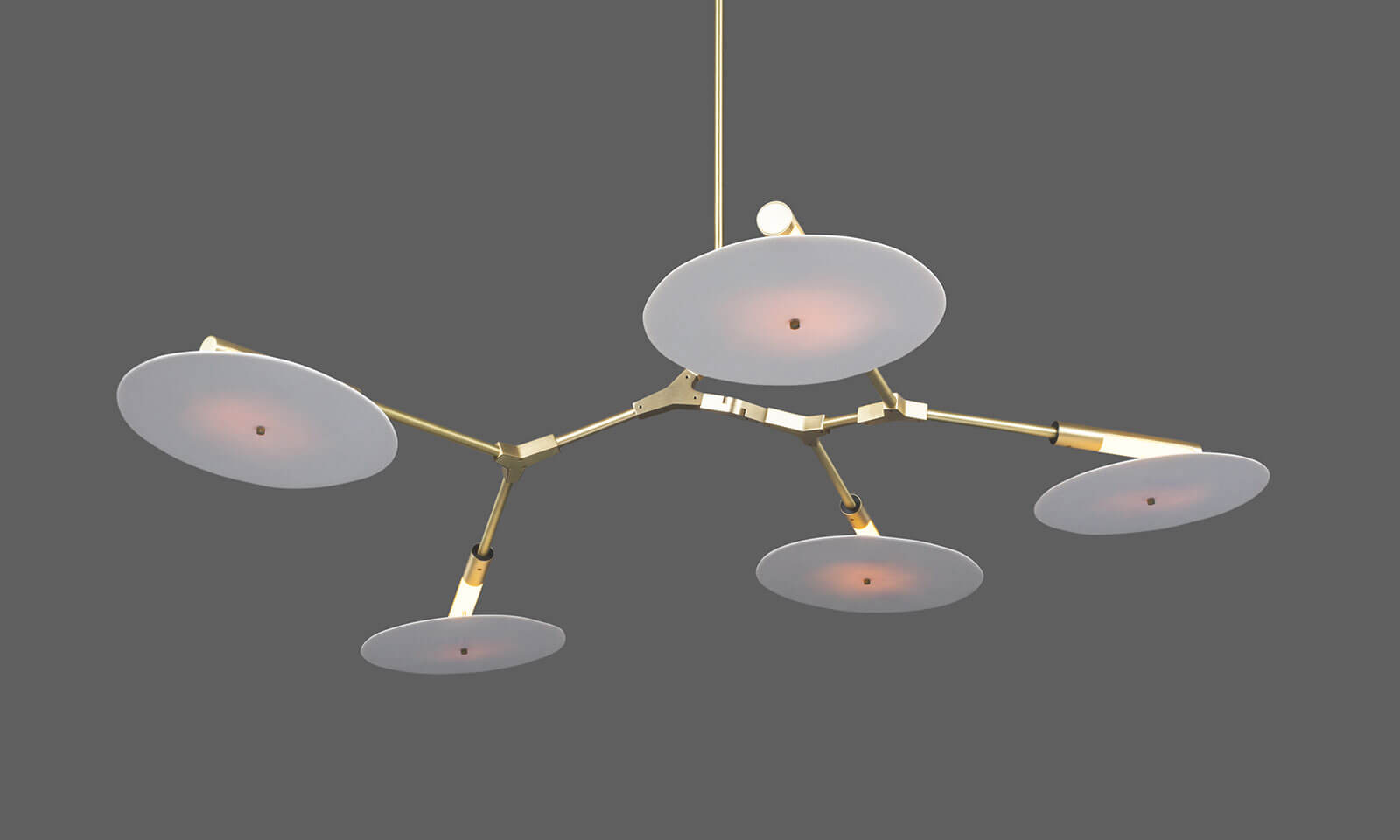
Lindsey Adelman, ‘Branching Disc’ chandelier
COURTESY: Lindsey Adelman Studio / PHOTOGRAPH: Lauren Coleman
For someone who speaks freely about a need for instant action, the gratification of ‘Paradise’ has, in fact, been spectacularly delayed. Having worked on the collection, and its refinement, since 2019, its launch was due last May – and then last September. It is now scheduled for this March. “So we’ve never been so prepared,” says Adelman. The quilting and fluting textures on the glass are refined to perfection. As the light source from the embedded LED shoots through the pattern, the glow is mesmerising, the texture making the light pop.
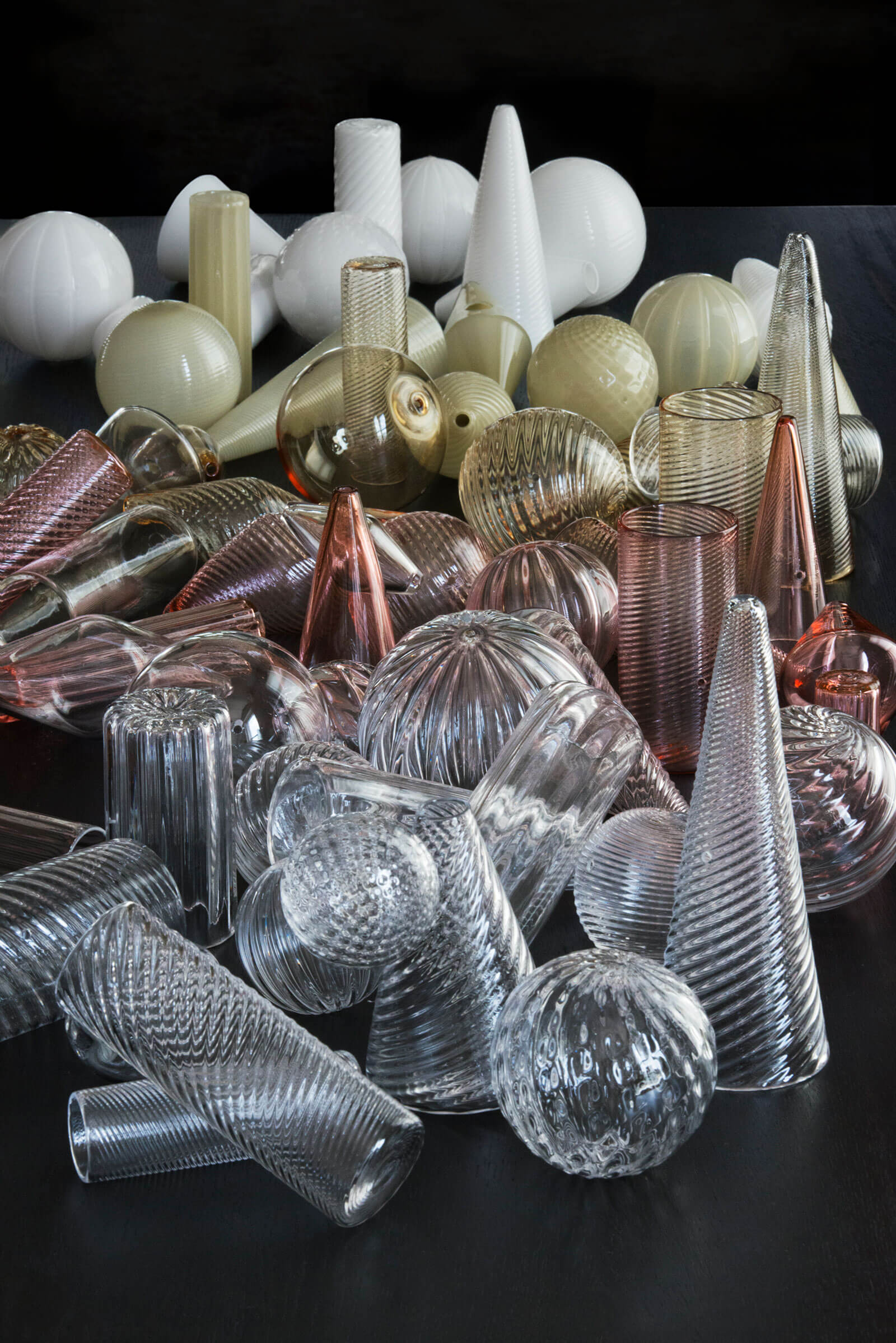
Glass elements for ‘Paradise’
COURTESY: Lindsey Adelman Studio / PHOTOGRAPH: Nigel Cox
Meanwhile, Adelman is still experimenting, this time sewing small ceramic pieces onto stretched canvas, and sketching out off-beat ideas for oil lamps and strangely fashioned sconces and chandeliers. “I like making art that no one will see,” she says. “It’s like witchy ritual stuff. I can’t imagine them ever being a popular concept.” I’d say, just give it a few years and a bit of R+D.
An intimate portrait of Lindsey Adelman’s life and work (a short snippet from an upcoming film)
COURTESY: Pascal Perich
Lindsey Adelman – an American lighting designer and artist, based in New York City.
